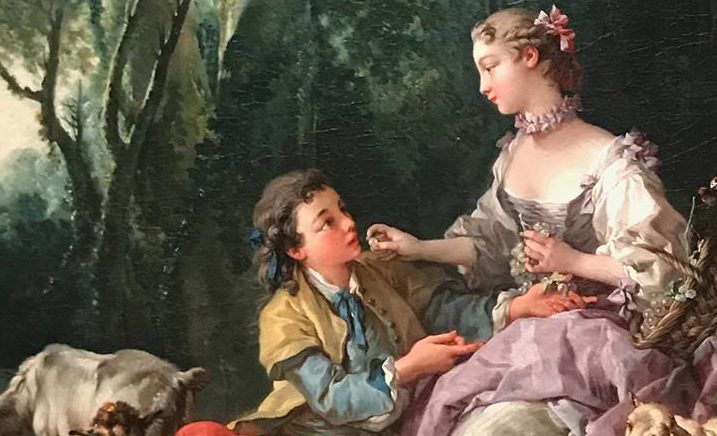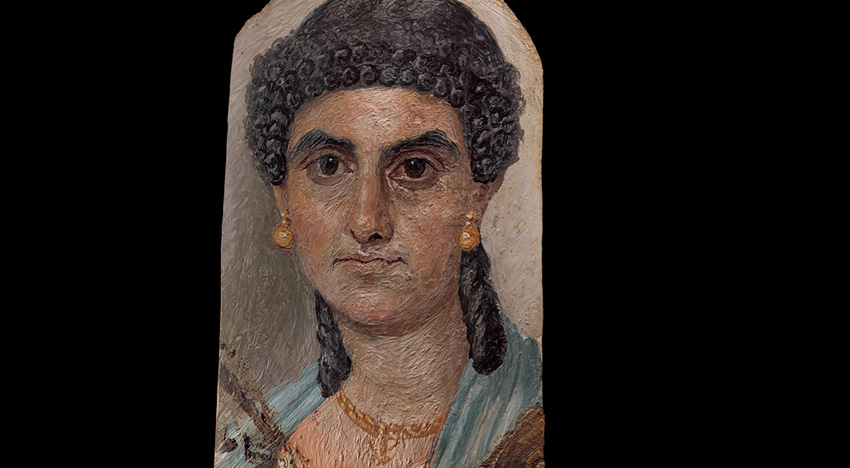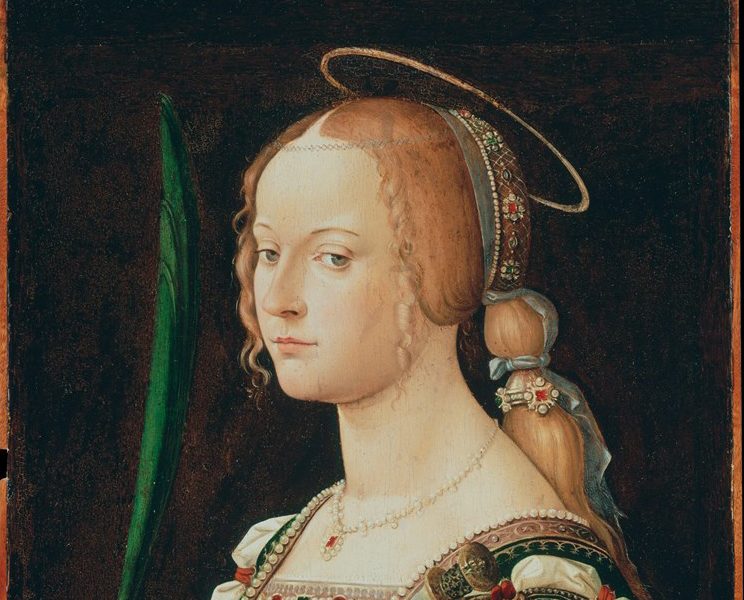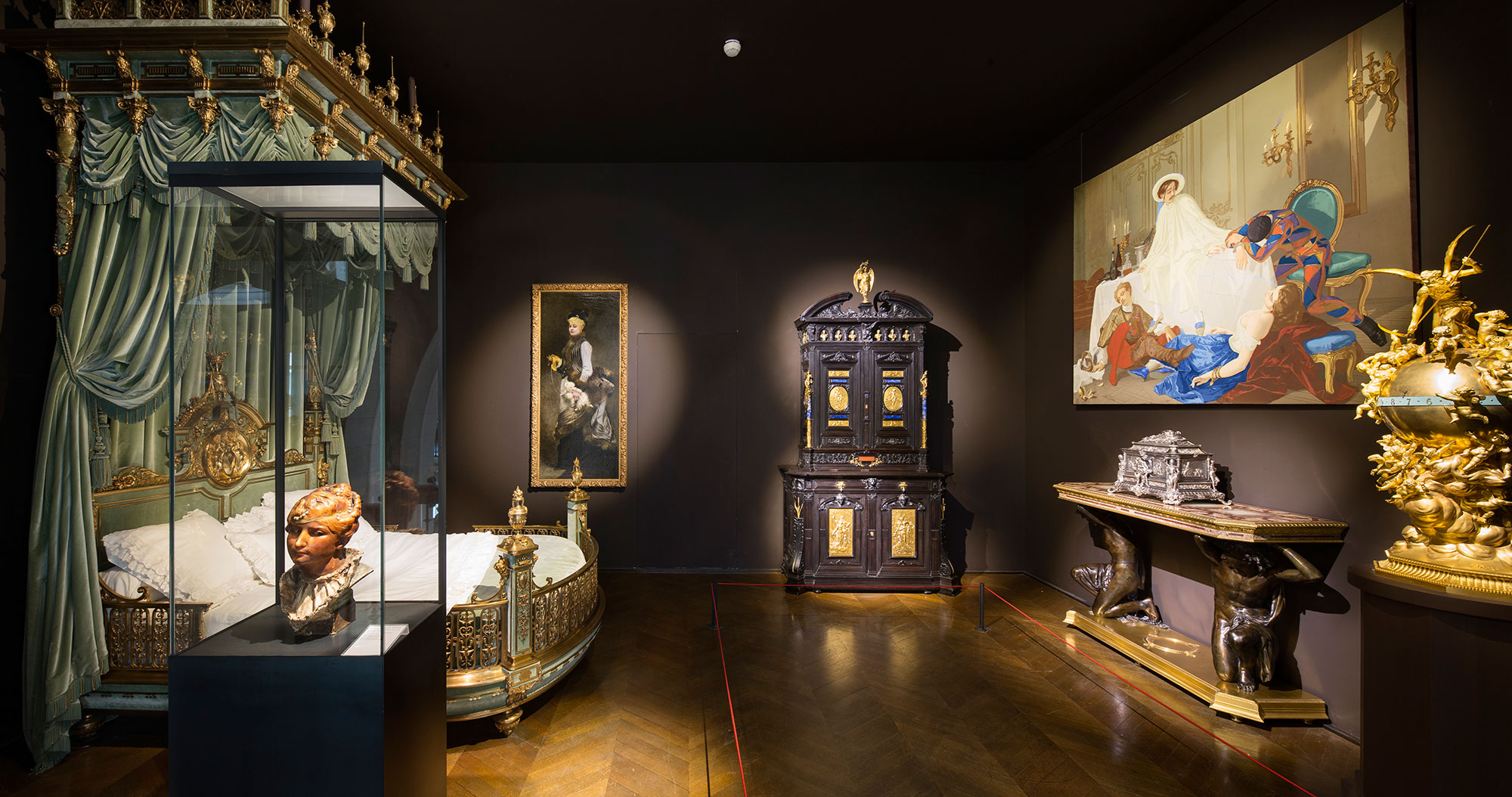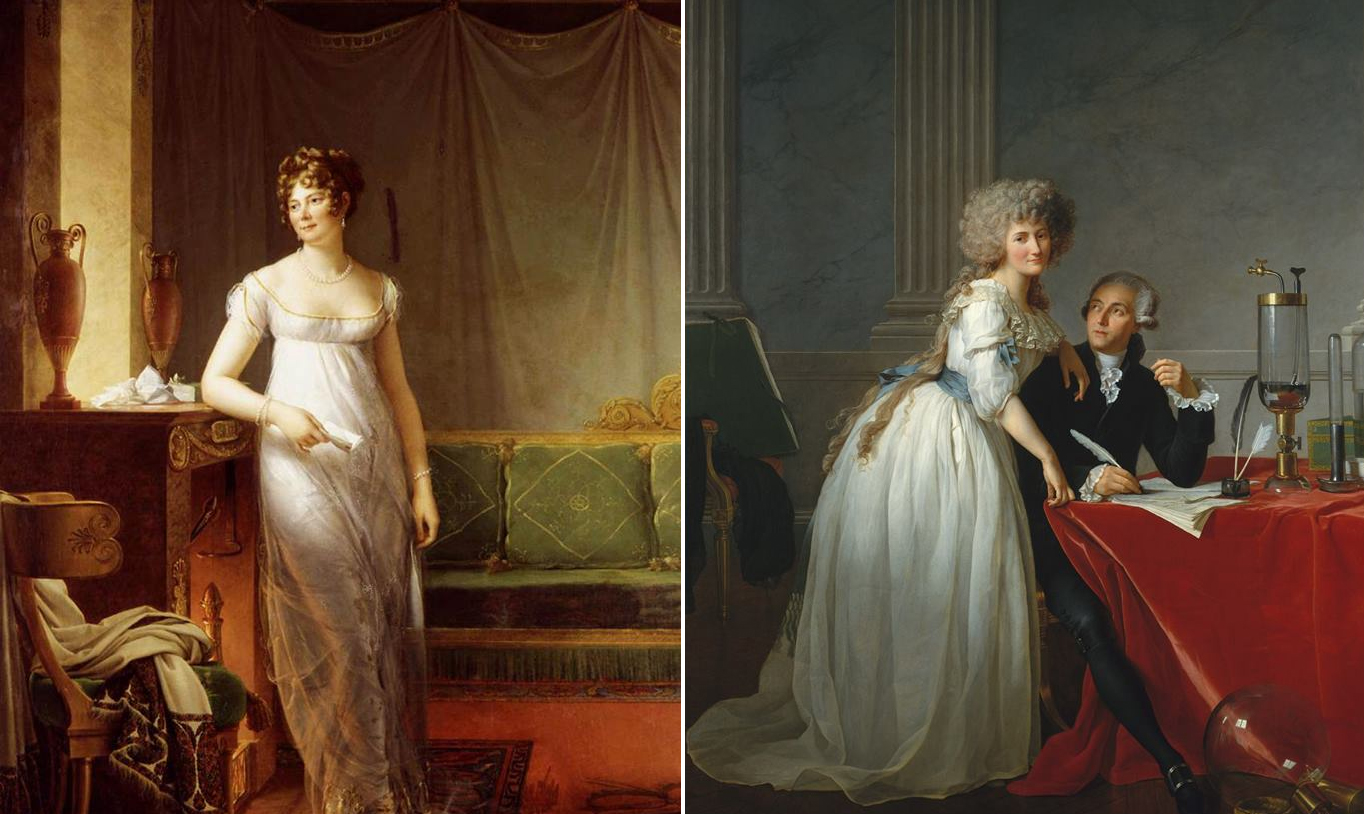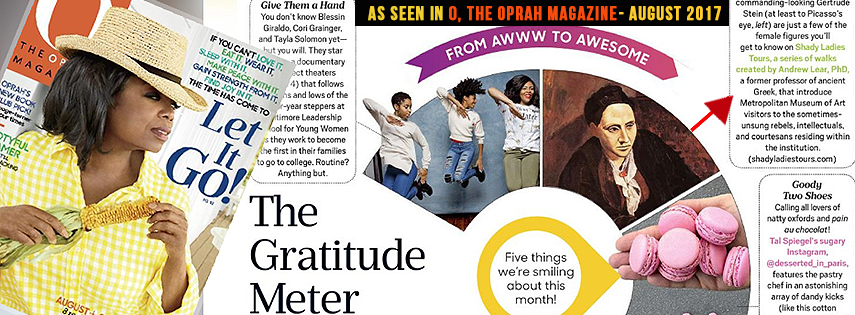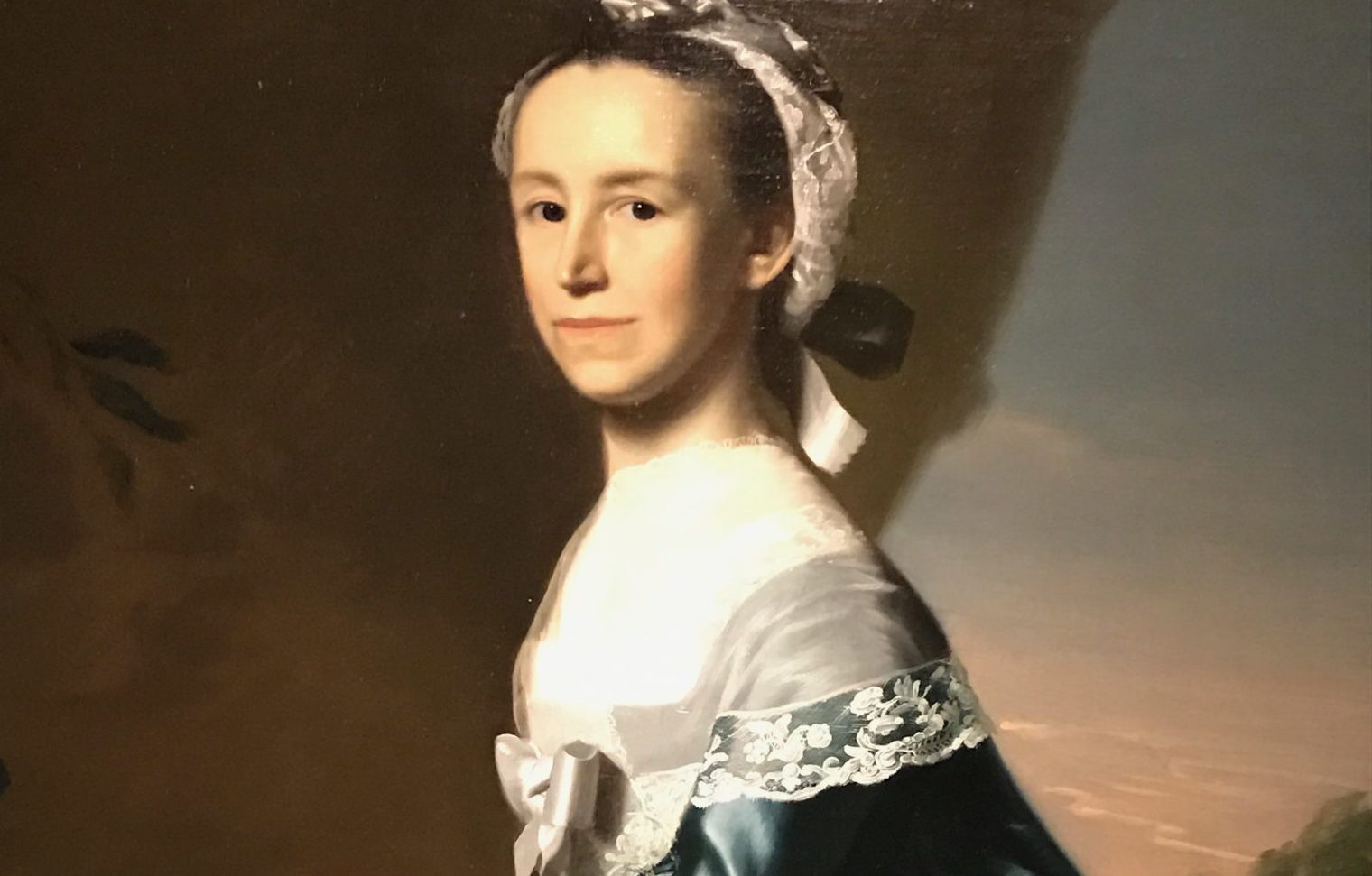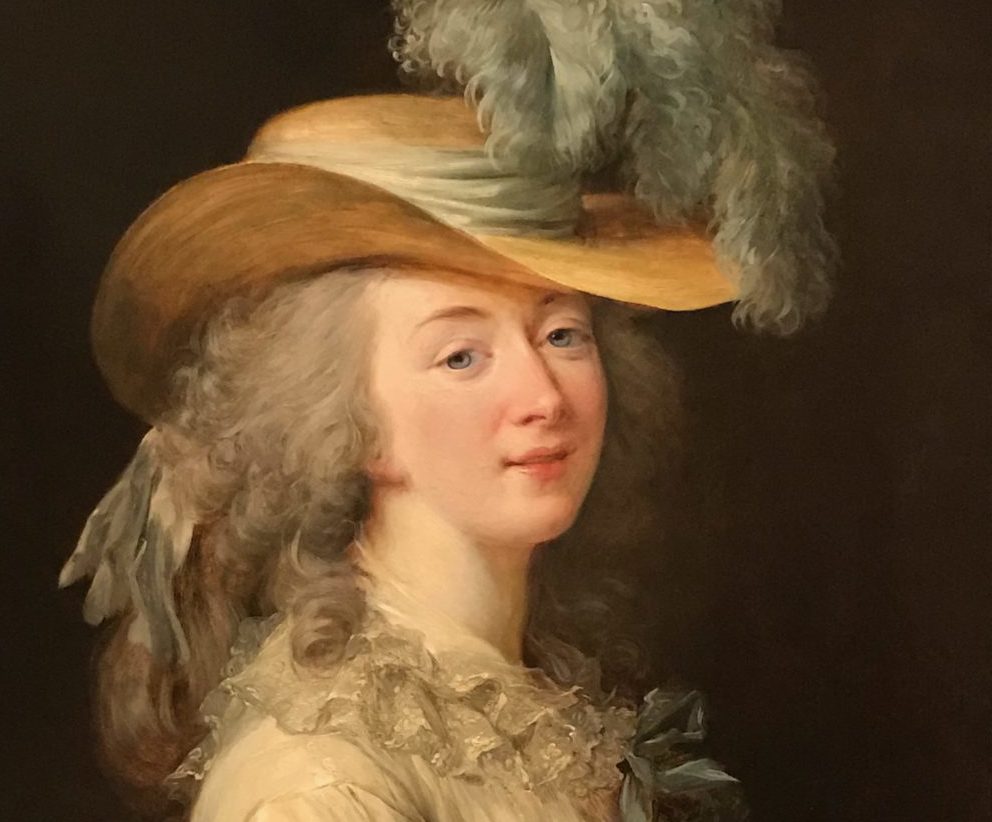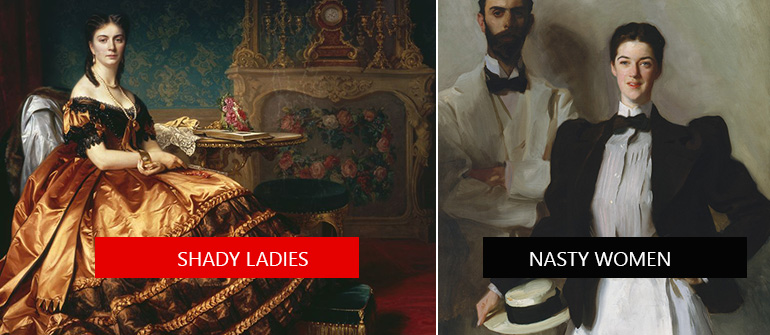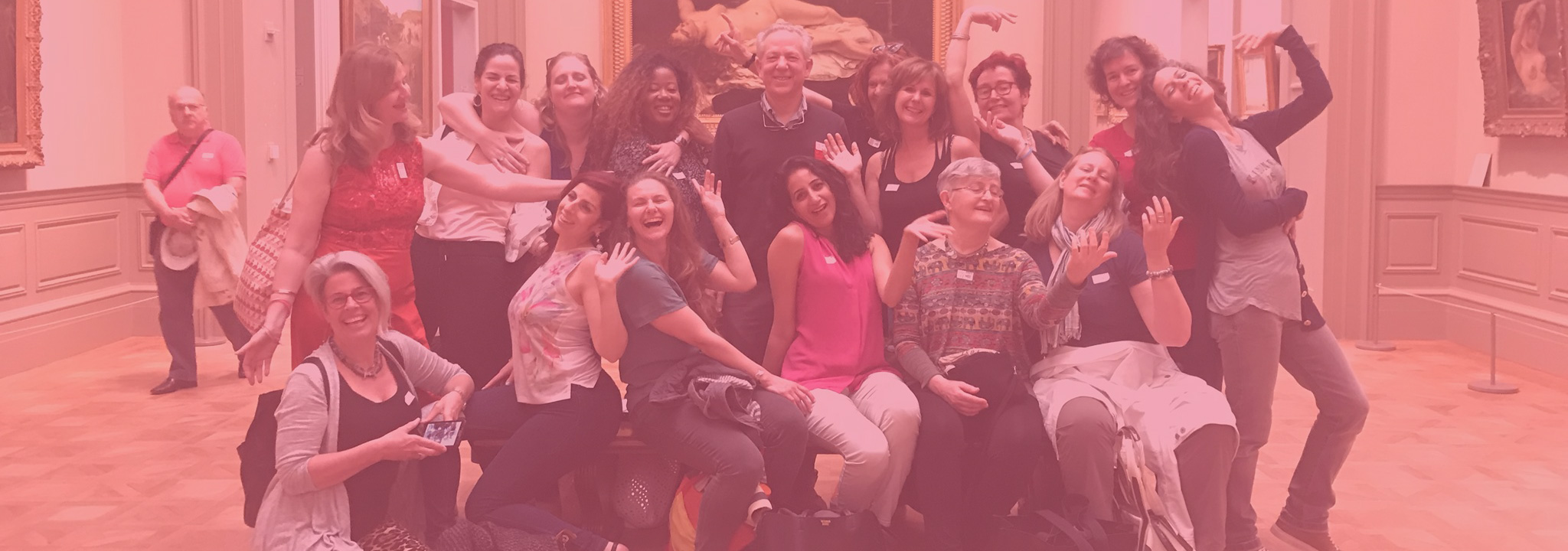
art history
14 Dec Fashion History in Art
Posted at 22:42h in art history, beauty standards, courtesans, fashion, fashion history, Metropolitan Museum, Shady Ladies, Women's History
We have been giving fashion history tours at the Metropolitan Museum for several months now, and the more we work on them, the more we see that fashion history is probably the biggest theme in the entire museum. If you think about it, you might think thathttps://shadyladiestours.com/fashion-and-beauty-tour/beauty—human beauty—is the biggest theme in the art history. But if you look carefully at the beautiful people in the museum, you will see that (aside perhaps from the Greek male nudes), the person's features are only a secondary aspect of the images. It isn't their natural beauty that makes people beautiful in art. Instead, the artworks focus on many other aspects of the beautiful person: on hairdos and make-up and jewelry and clothing and accessories and shoes. In short, human beauty in art consists not of beautiful features, but of costume or fashion.07 Dec Who was the greatest Shady Lady?
People often ask us who the greatest Shady Lady was. And it's a hard question, because there are lots of possibilities: famous royal mistresses like Diane de Poitiers or Madame de Pompadour, famous courtesans like Marie Duplessis (the original of the Lady of the Camellias...
12 Sep Why were high foreheads once considered a sign of beauty?
This painting portrays Saint Justina of Padua as a Renaissance fashion plate. The pearls, rubies, and emeralds sewn onto her clothing, cap, and hair tie were the mark of an aristocratic lady; her embroidered stomacher (the triangular piece covering chest and stomach) was the height of fashion, as were her elegant green sleeves (as in the song!), separate from her bodice, with the blouse pulled through the gaps in a style called 'slashing'. Most noticeable to a modern eye is her amazingly high forehead.01 Sep Courtesans and mistresses in art
Posted at 01:12h in art history, courtesans, Metropolitan Museum, Paris tour, Shady Ladies, Women's History
Elegant women are a huge theme in art history, and people mostly assume, as they stroll through art museums, that they are looking at queens, duchesses, and the wives of the wealthy. But often enough, they aren't. They are looking at royal "favorites," mistresses, and courtesans. Courtesans are in fact a particularly large theme in art, probably bigger than queens and duchesses. But people today pass by them without realizing who or what they were, because courtesans, if they exist today, are not important in our culture, so we're unaware of them.31 Aug The feminist concept of the “male gaze”
The feminist concept of the "male gaze" is useful in art criticism. The concept originally comes from film studies, where it is used to discuss the fact that men traditionally controlled the camera, of which women were an object. Men certainly also controlled the brush...
16 Jul Shady Ladies Featured In O, The Oprah Magazine!
We are so grateful for being included on the 'Gratitude Meter' 5 Things We're Smiling About in this month's issue of O, The Oprah Magazine! When it comes to Shady Ladies Tours, Oprah exemplifies the kind of ambitious, glass ceiling breaking woman that our tours are all about!20 Jun Nasty Women of the MFA Boston
The Museum of Fine Arts, Boston is of course one of the world's great museums. It is also a great place for a women's history tour. There are very few of the courtesans or mistresses that make up our Shady Ladies tour in New York: I suspect that the Boston collectors of the 19th century were too prudish to buy pictures on themes they knew were racy. But the museum has a great collection of what we're calling (ironically) "nasty women"—feisty, ambitious women from many periods of history.30 May Shady Ladies of the Philadelphia Museum
Posted at 01:54h in art history, courtesans, philadelphia museum of art, Shady Ladies, Women's History
The Philadelphia Museum of Art is not as big as the Metropolitan, and it might not be possible to arrange all the theme tours that we can in NYC. However, it has some wonderful Shady Ladies in its collection. Indeed, it has a great prize: Elizabeth Vigée Le Brun's iconic portrait of Madame du Barry, the last royal mistress of ancien régime France, whose famously seductive, almond-shaped eyes are the focus of the painting.03 May Shady Ladies tour or Nasty Women?
Posted at 15:06h in art history, courtesans, Metropolitan Museum, nasty women, Shady Ladies, Women's History
People often ask me what the difference is between the Shady Ladies tour and the Nasty Women tour—whether the themes are really different, whether in short they should go on both tours or only one. In fact, the difference between the two tours is very clear, and there is almost no overlap between them. The Shady Ladies tour is about royal mistresses and courtesans, fascinating categories of women that were prominent in cultures distant from our own—and which are major themes in the art of all those cultures, from ancient Greece to Edo-period Japan to Renaissance Italy to Belle Epoque France. The Nasty Women, instead, is about feisty, path-breaking women—women who had more power and/or independence than we usually think women in the past had.


